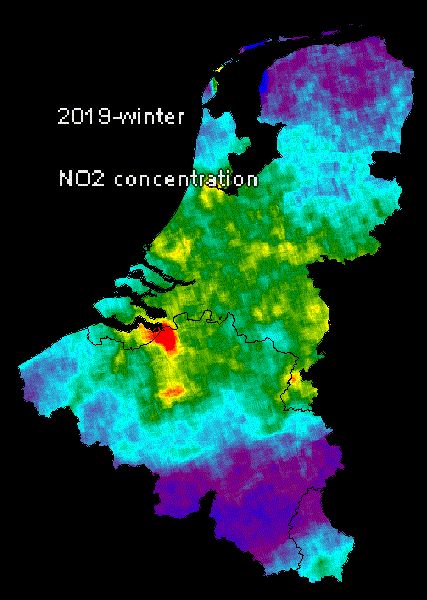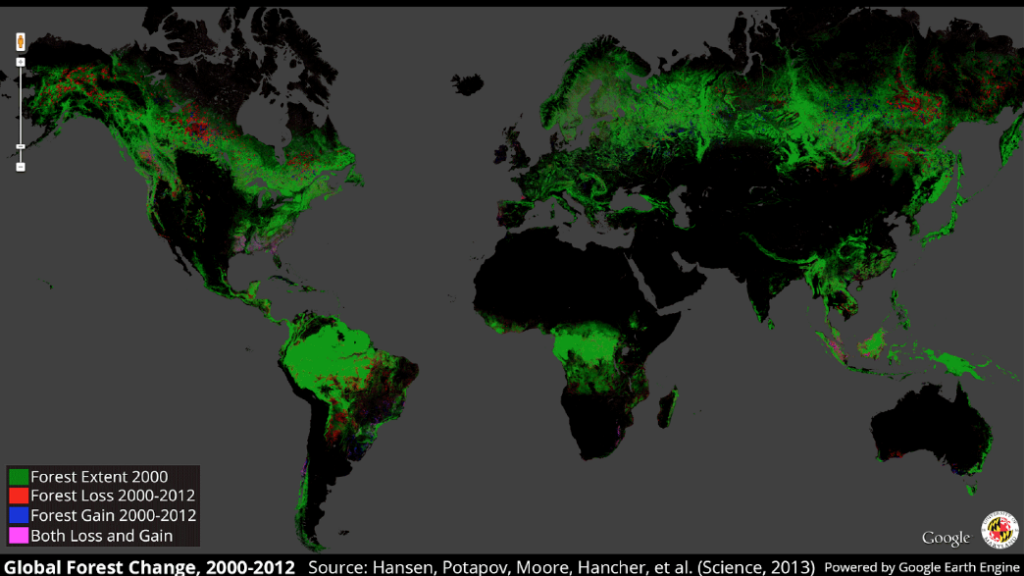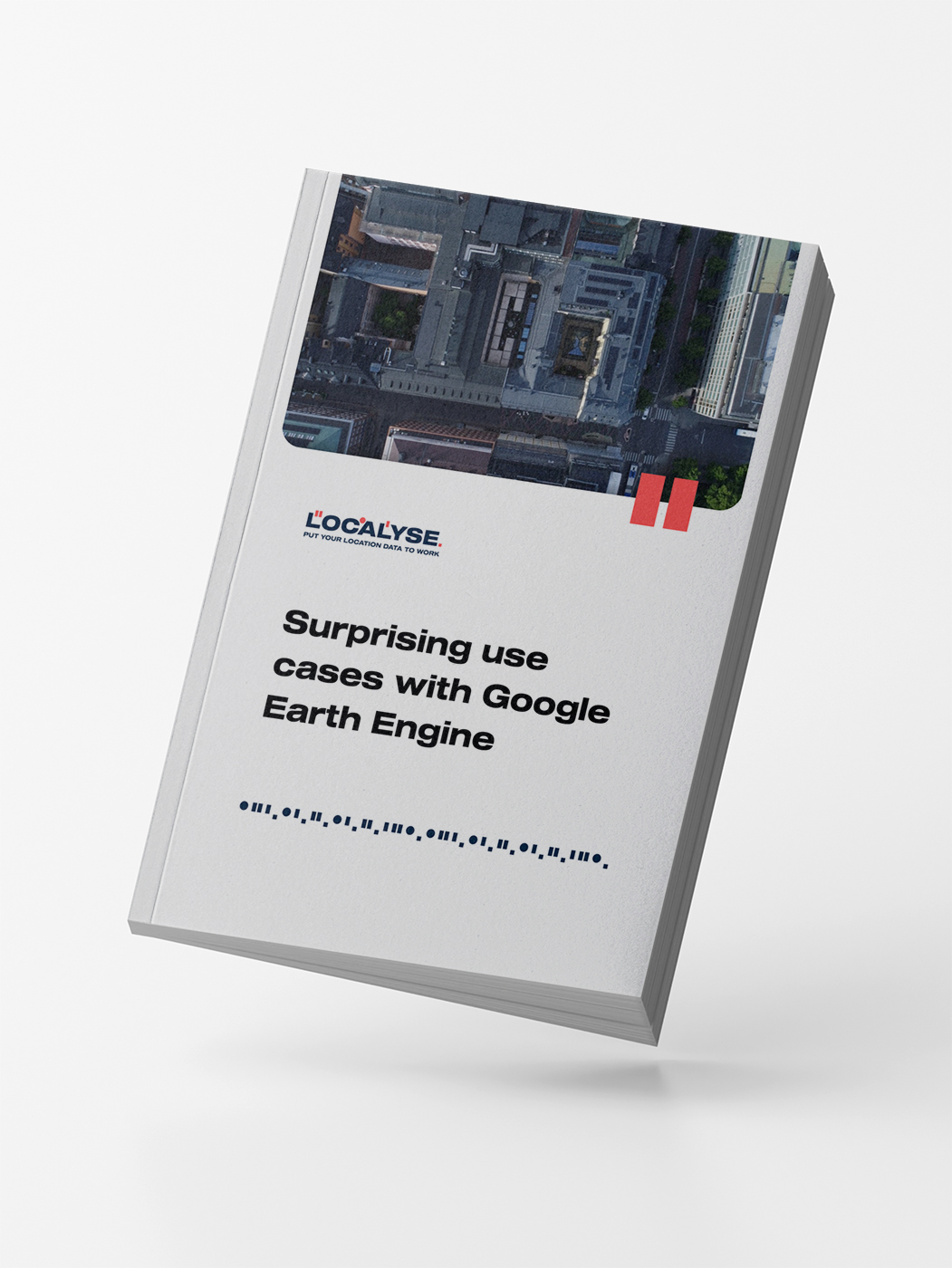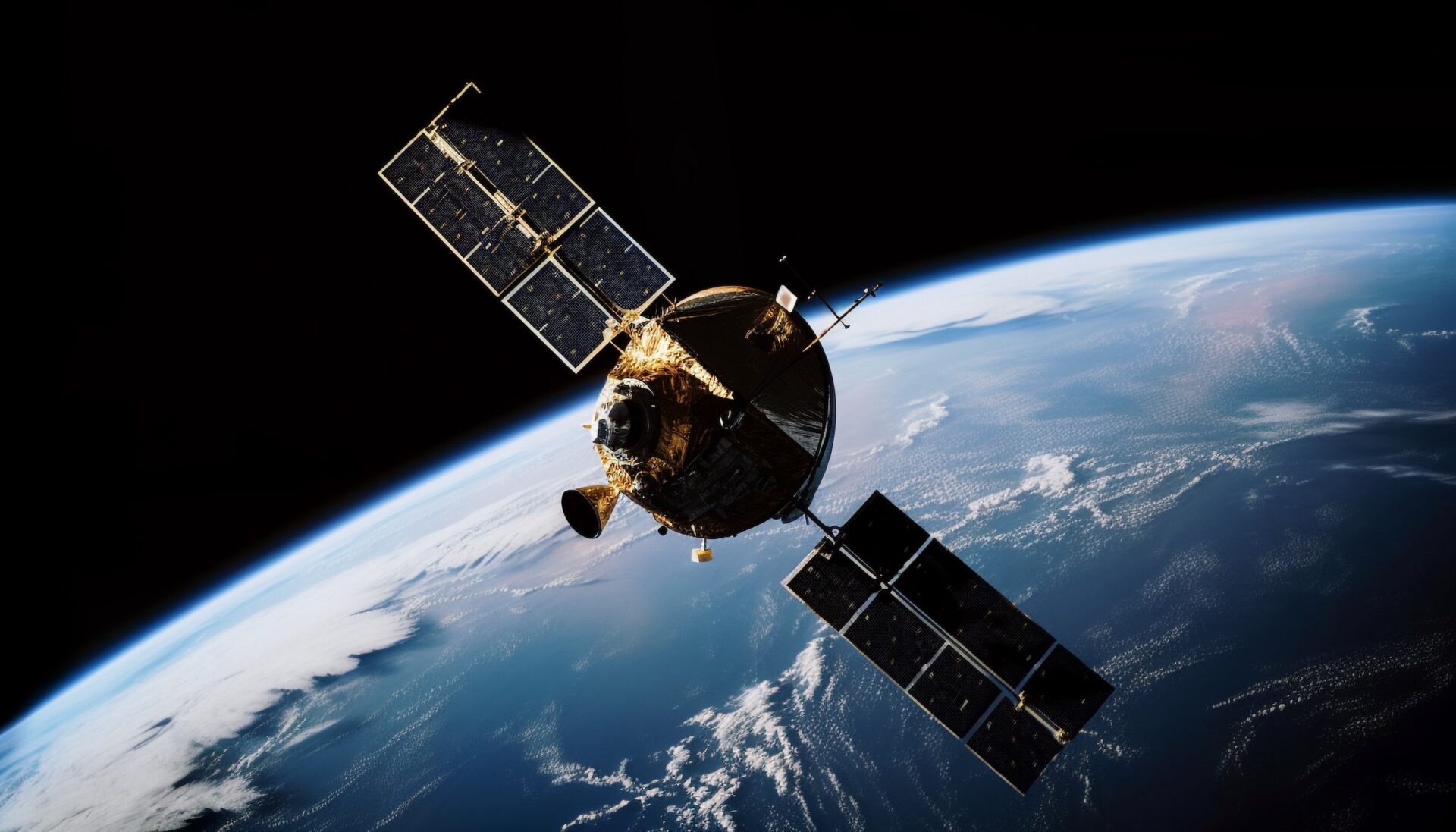Google Earth Engine

What are the use cases of Google Earth Engine ?
Google Earth Engine has a wide range of potential use cases, as it allows users to access, process, and analyze large amounts of satellite imagery and other geospatial data.

Some examples of use cases include:
Environmental monitoring
Earth Engine can be used to track changes in land use and land cover, monitor deforestation, and detect and map changes in vegetation, wetlands, and other natural resources.
Disaster management
Earth Engine can be used to detect and monitor natural disasters such as floods, droughts, and wildfires. It can also be used to assess the impact of disasters on communities and infrastructure.
Agriculture
Earth Engine can be used to analyze crop yields, monitor crop health, and detect and map crop pests and diseases.
Climate change
Earth Engine can be used to study the impacts of climate change on the Earth’s ecosystems and natural resources, such as changes in sea ice, glaciers, and permafrost.
Urban planning
Earth Engine can be used to map and analyze urban areas, including population density, land use, and infrastructure.
Public health
Earth Engine can be used to track and map diseases, such as malaria and dengue fever, and to identify risk factors for disease transmission.
Water resources management
Earth Engine can be used to map and analyze water resources, such as lakes, rivers, and groundwater, and to monitor changes in water quality and availability.
Conservation
Earth Engine can be used to identify and map critical biodiversity hotspots, monitor wildlife populations, and track the impacts of human activities on natural habitats.
Soil and air composition
Earth Engine can be used to detect the air quality and composition to track pollution. Furthermore, it can also look up to a few meters underground and detect the soil composition, pollution, health and texture.


Download our free whitepaper: Surprising use cases with Google Earth
Google Earth can be used for a wide range of applications, from environmental monitoring and disaster response to urban planning, agriculture, and education.
In this free whitepaper, we’ll show you some surprising use cases of Google Earth!

Let's discuss your project
Looking for a way to make better decisions about your business’s location-based strategies? Look no further than Localyse!
Phone


